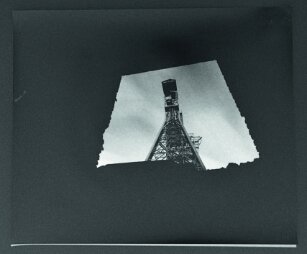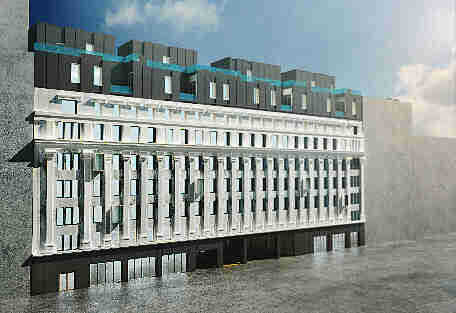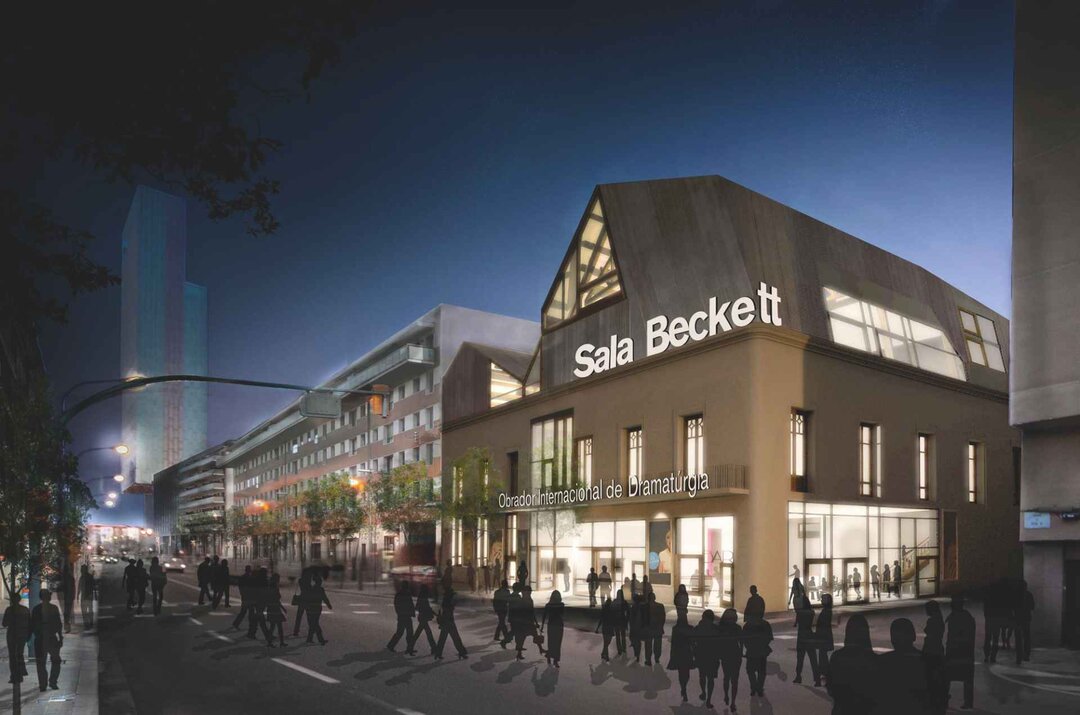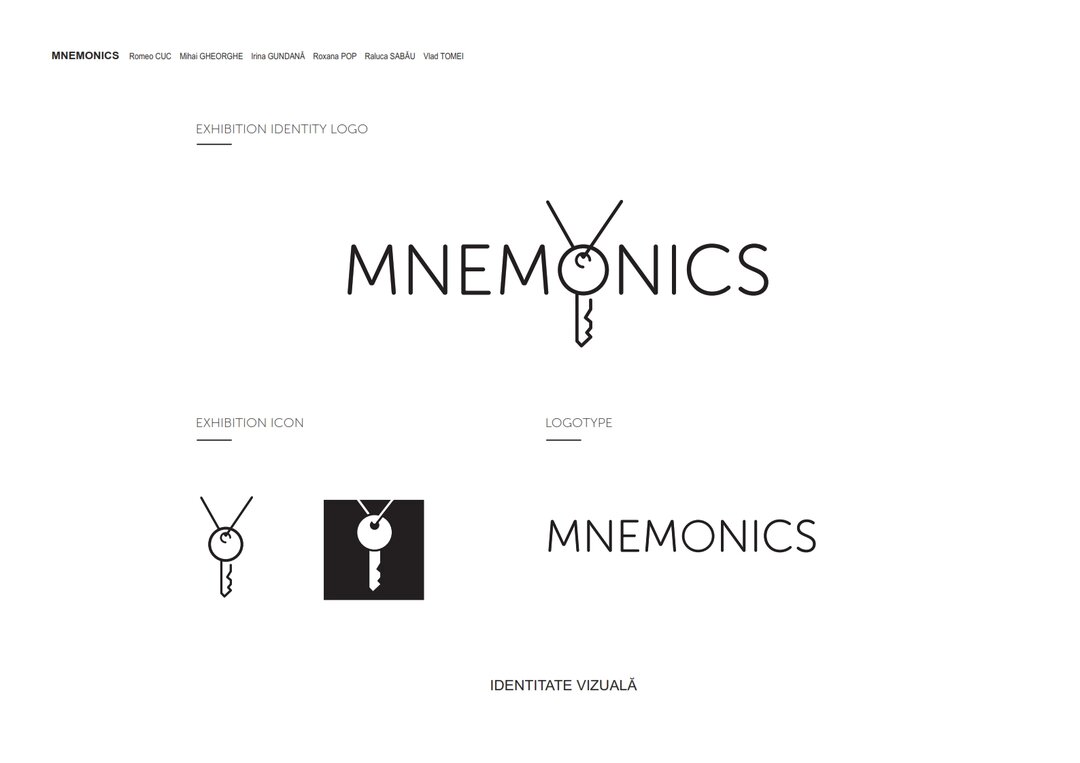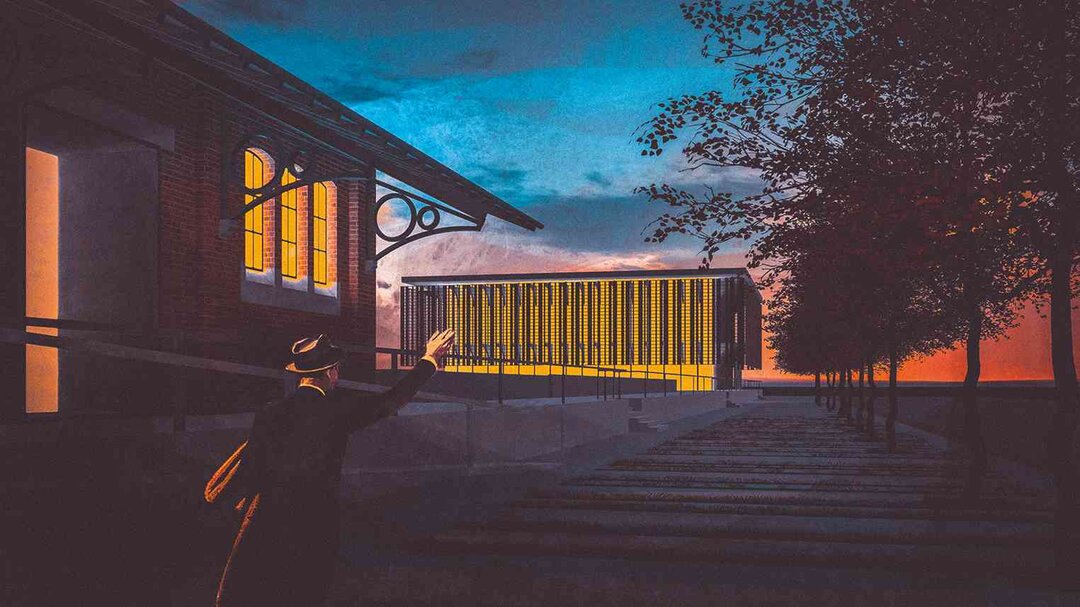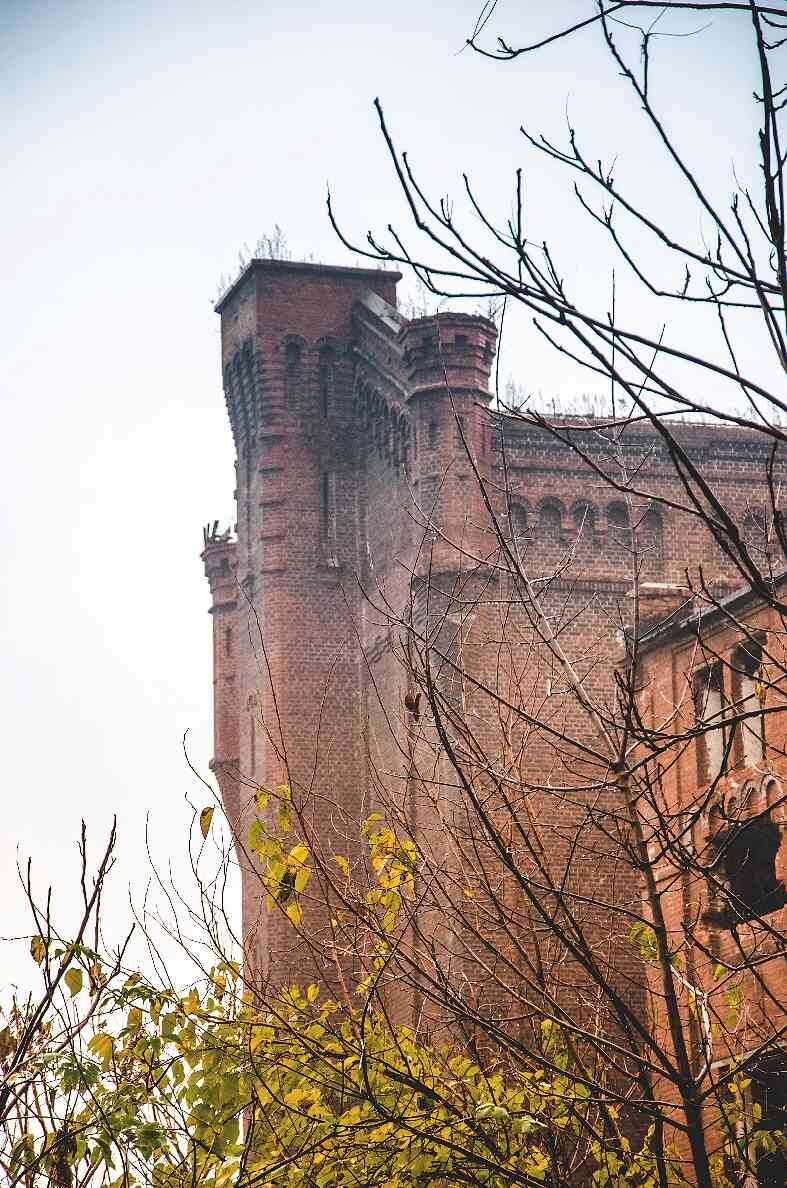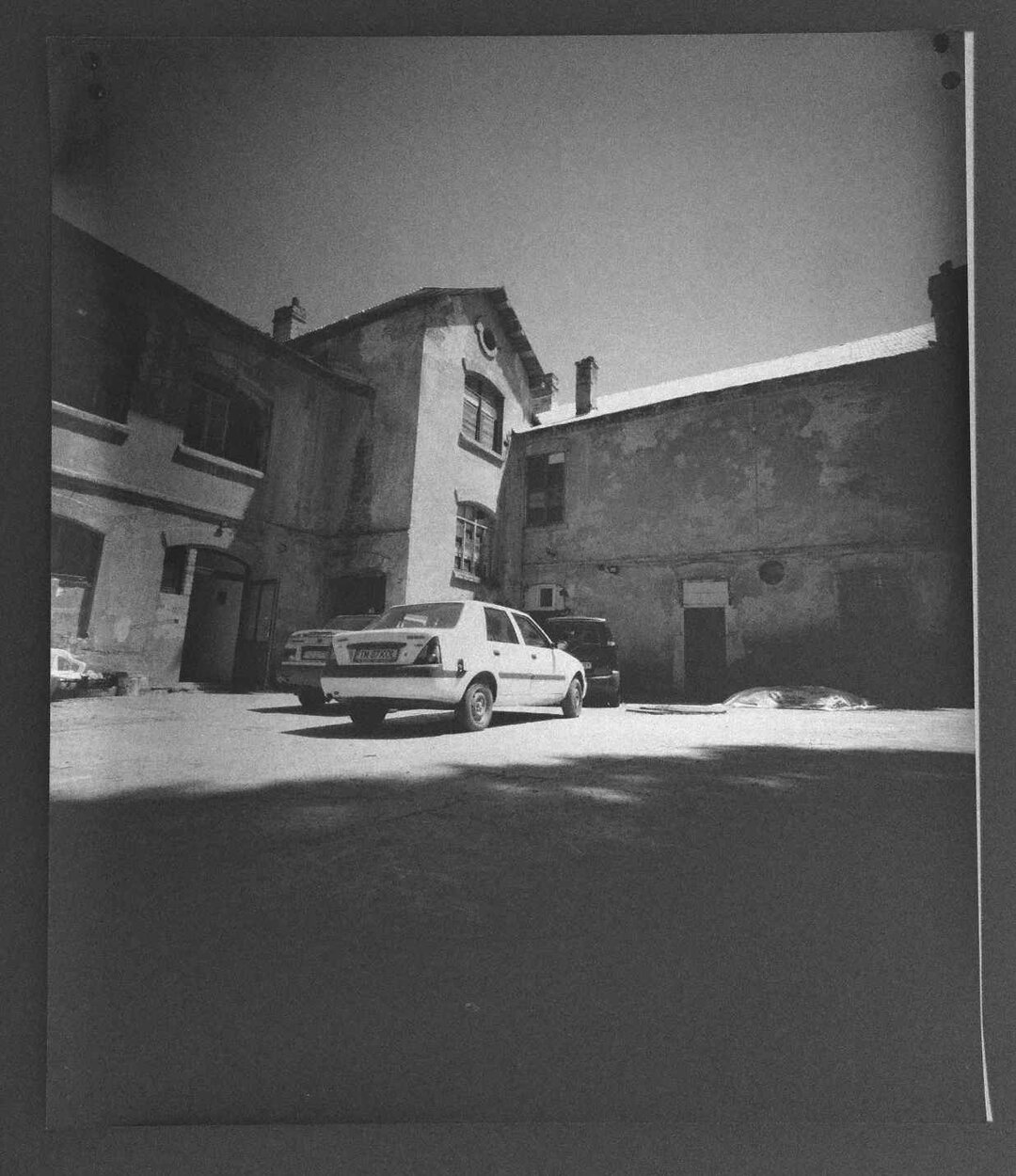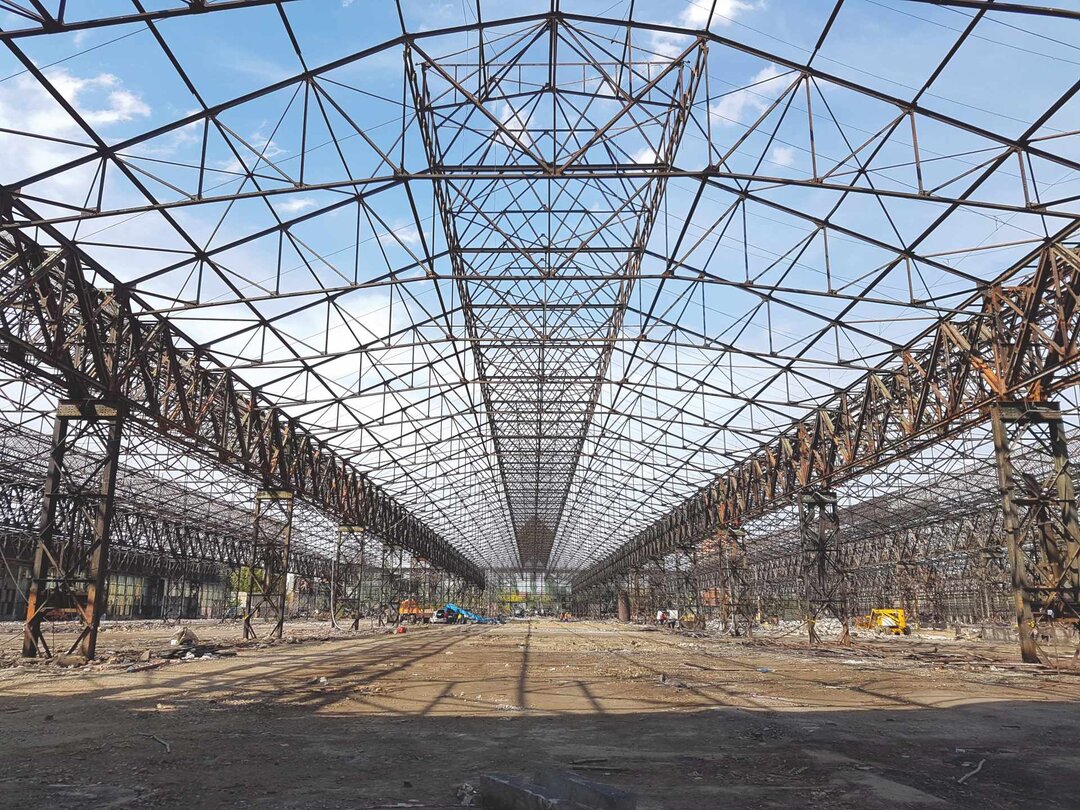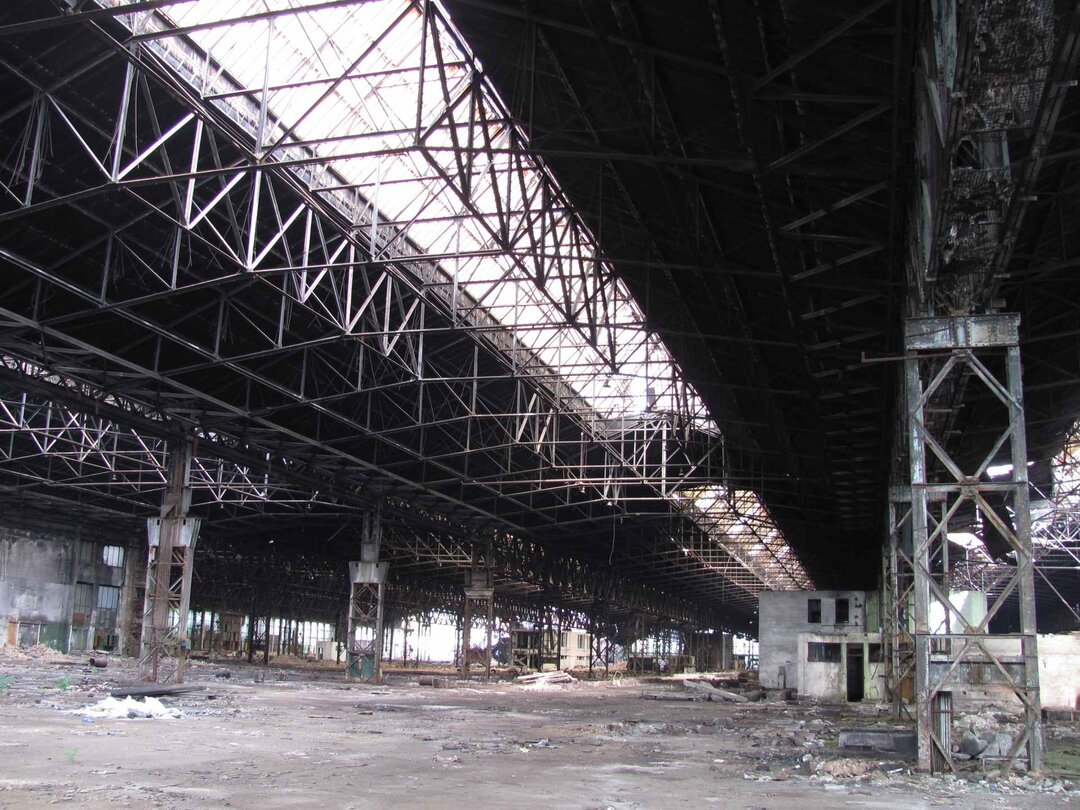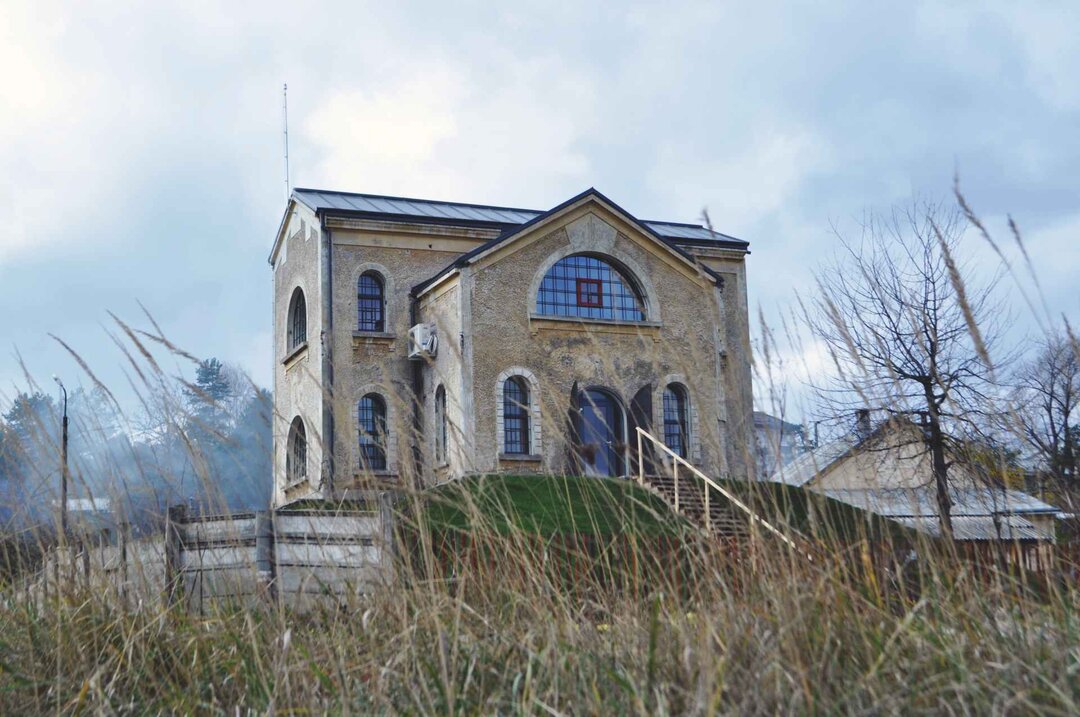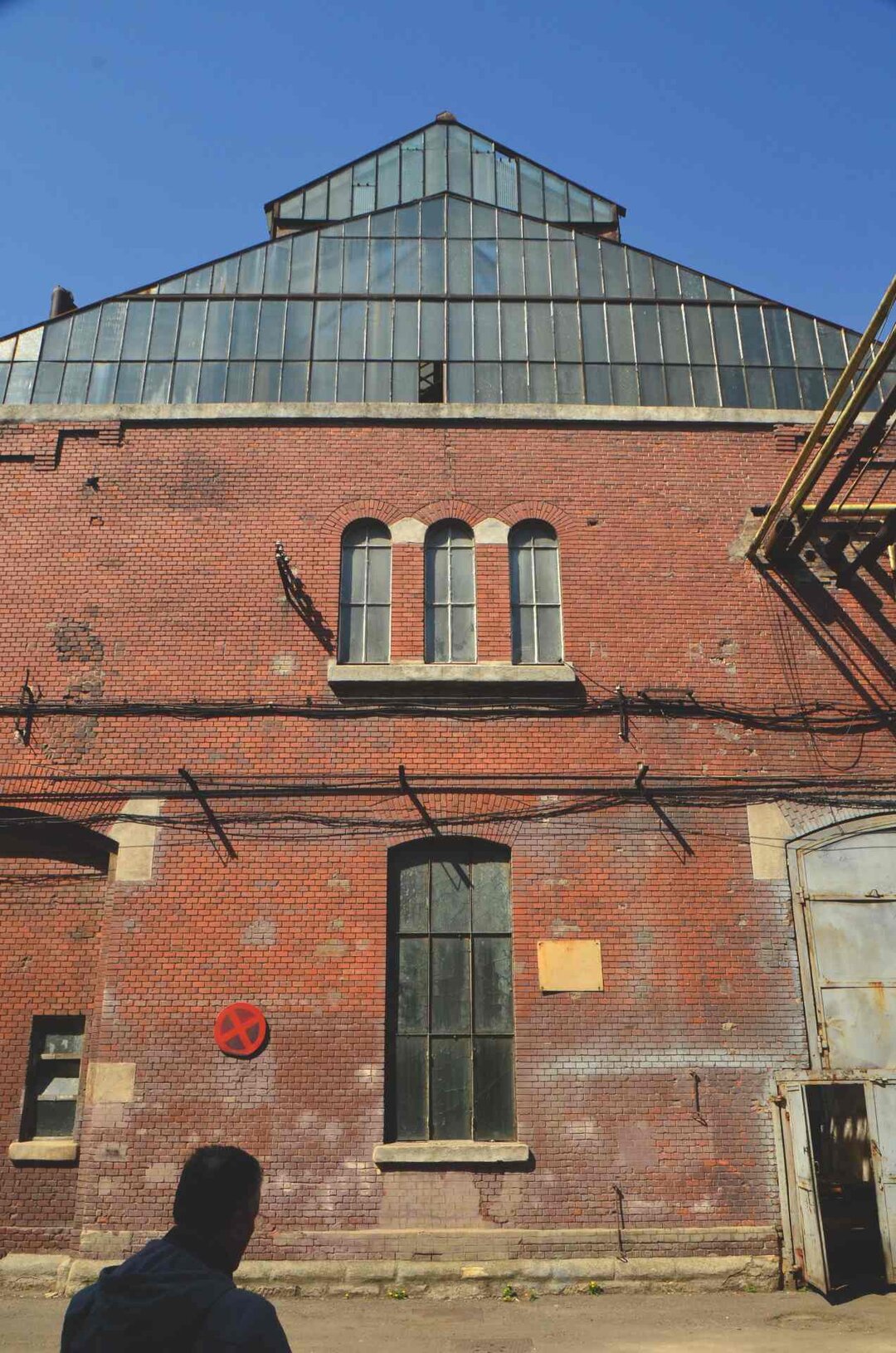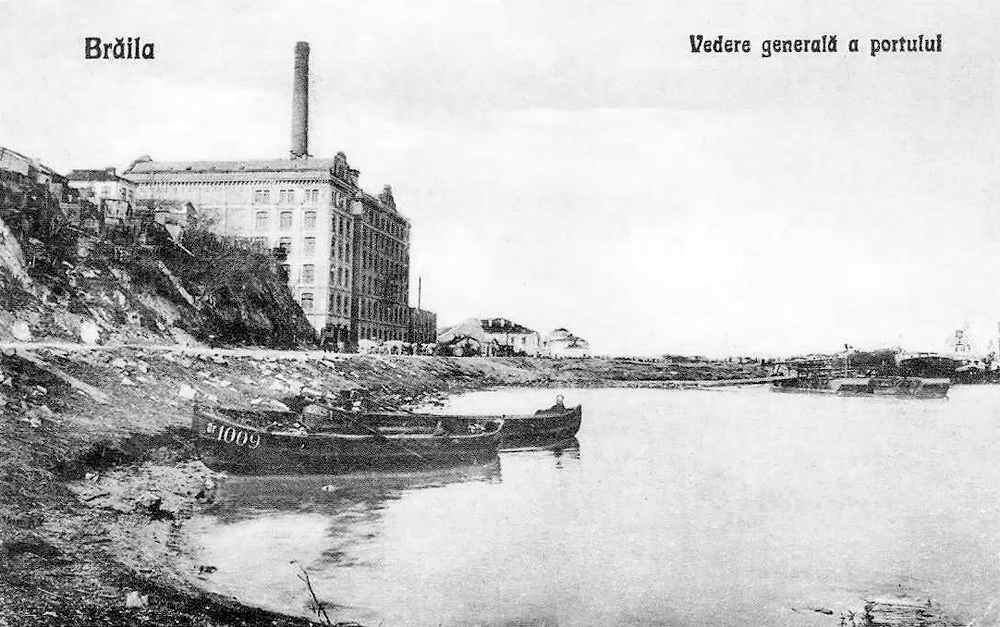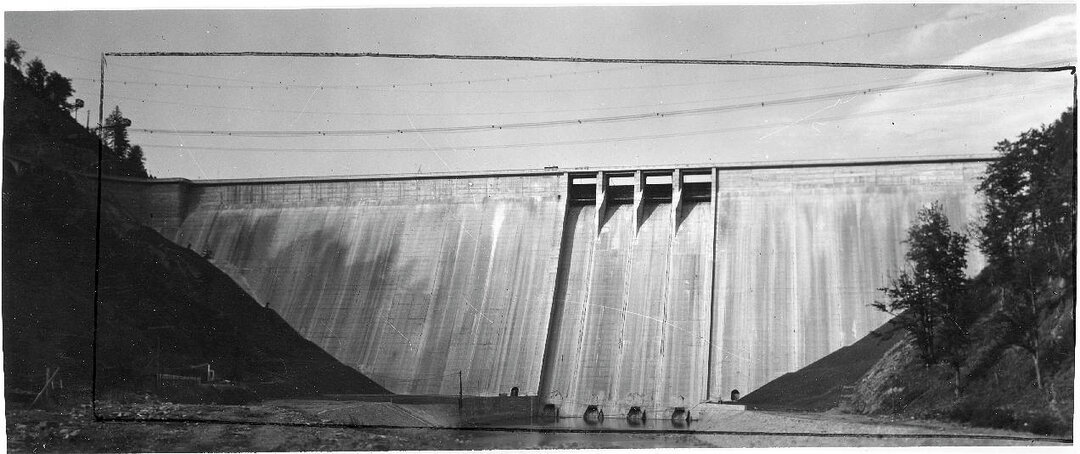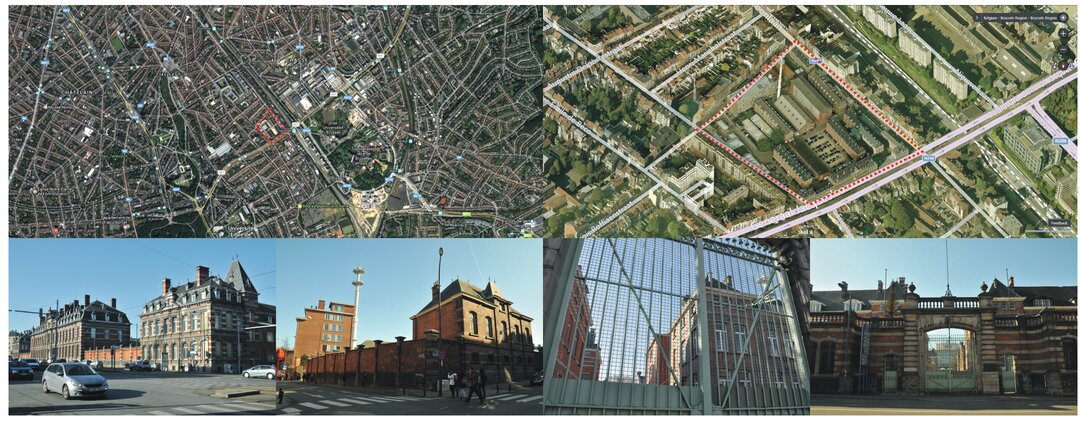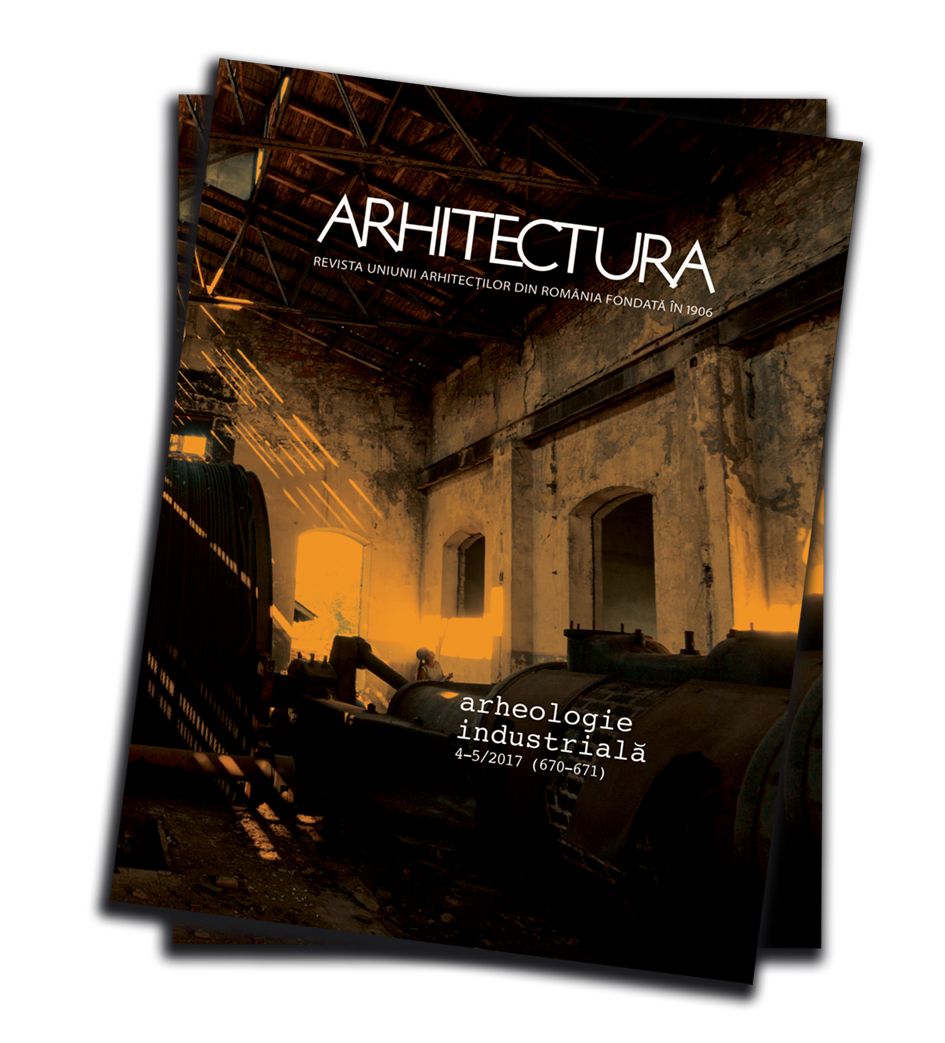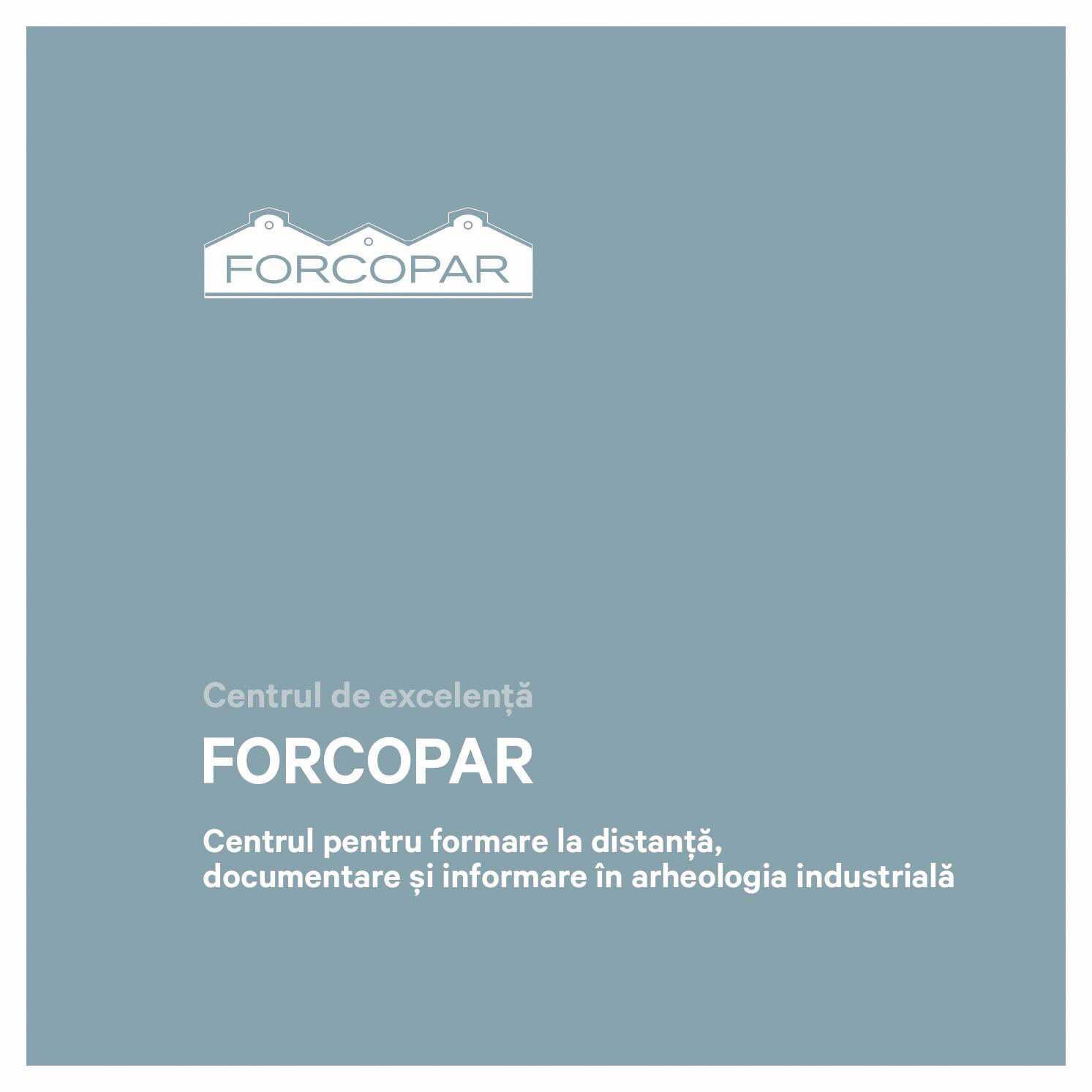
For a European Network of Distance Learning and Professional Formation in Industrial Archaeology. The Eurocultures Association and the FORCOPAR Projects.
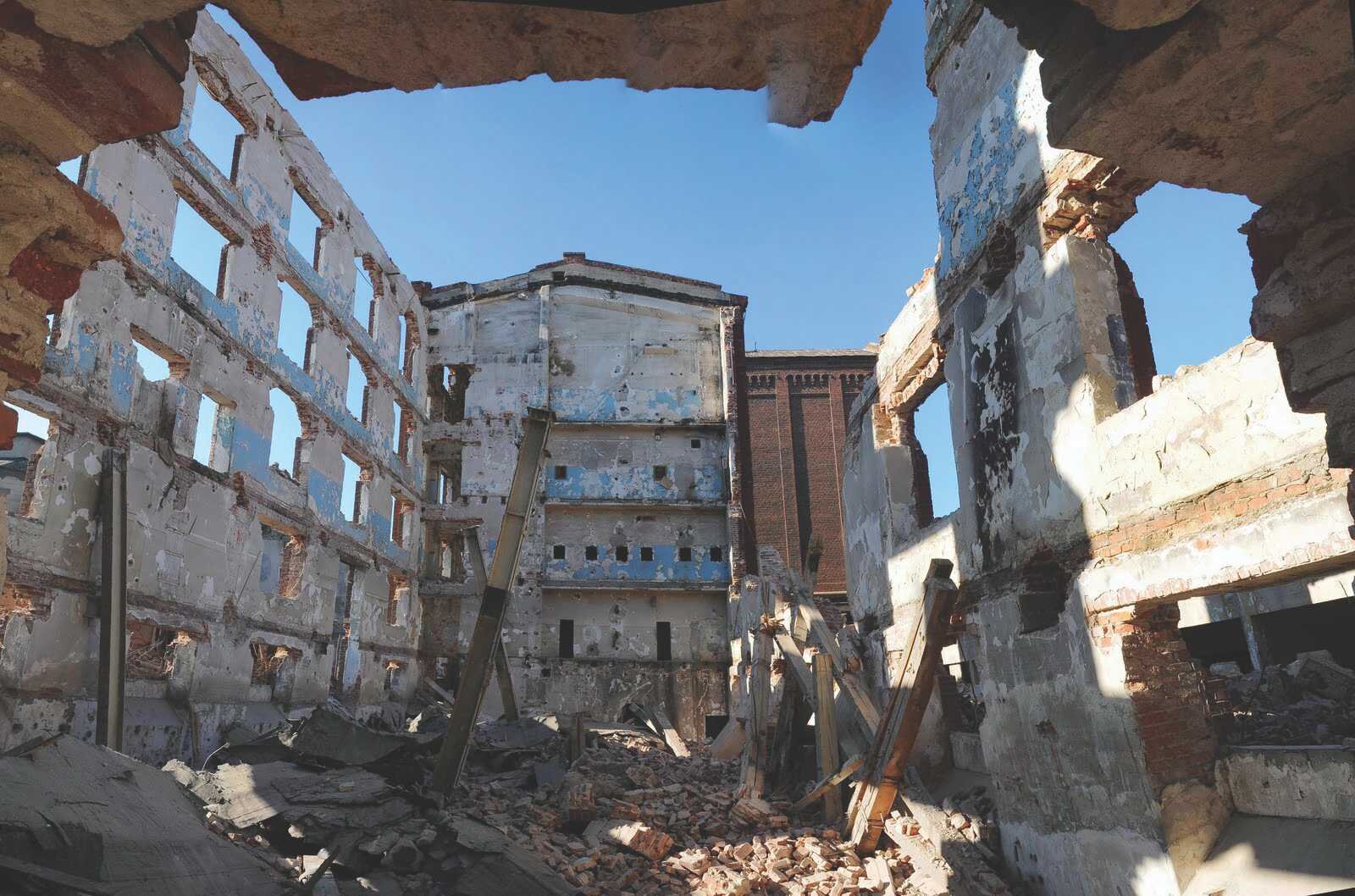
FOR A EUROPEAN DISTANCE LEARNING NETWORK IN INDUSTRIAL ARCHAEOLOGY
EUROCULTURES ASSOCIATION
AND THE FORCOPAR PROJECTS
text: Nicolae LASCU
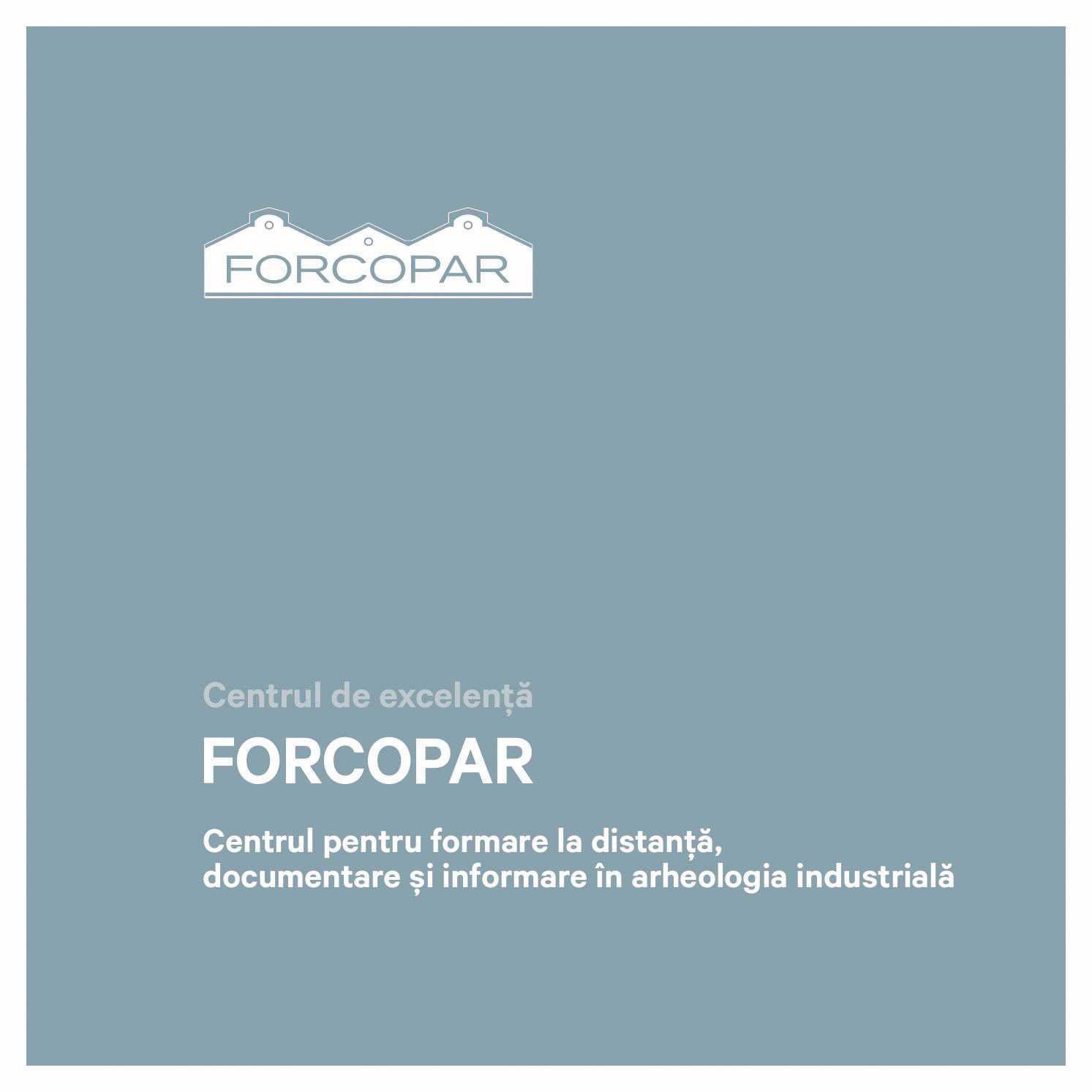 The EUROCULTURES Association, Observatoires du développement Socioculturel de la Ville was founded in the early 1990s by a group of specialists - some of them academics - in architecture, urban planning and sociology from several countries - Austria, Belgium, France, Italy, Portugal, Romania, Slovenia, Russia, concerned with the problems raised by the contemporary city in all its complexity. The association's colloquia, organized in different European cities where its members were active - Brussels, Florence, Coimbra, St. Petersburg - were themed around the group's main objectives, with the city always at the centre of the discussions, whether it was urban spaces or relations with the surrounding territory.
The EUROCULTURES Association, Observatoires du développement Socioculturel de la Ville was founded in the early 1990s by a group of specialists - some of them academics - in architecture, urban planning and sociology from several countries - Austria, Belgium, France, Italy, Portugal, Romania, Slovenia, Russia, concerned with the problems raised by the contemporary city in all its complexity. The association's colloquia, organized in different European cities where its members were active - Brussels, Florence, Coimbra, St. Petersburg - were themed around the group's main objectives, with the city always at the centre of the discussions, whether it was urban spaces or relations with the surrounding territory.
The problems of protecting the industrial heritage and its conversion as a means of "survival" were gradually more and more present in the association's colloquia. In 1995, however, the main theme of the colloquium organized in Ljubljana, on the occasion of an ad hoc workshop of the members of the association, was centered on the problem of saving and conversion of the former ROG bicycle factory in the central part of the city.
In the same vein, a database of dozens of abandoned or endangered industrial sites, as well as sites whose architectural qualities have been enhanced through conversion, was set up as part of a European project entitled "Euromusées 2001". Finally, in the same year, the Eurocultures colloquium held in Bucharest, which had a separate section devoted to industrial archaeology (including, among other edifying examples from Vienna, Fribourg and Motagua, Portugal, the industrial sites of the Malaxa/Faur factory and the "C. & S. Schiel" paper factory in Busteni - now defunct), put forward the idea and a first outline of a project for a distance training programme for those involved in industrial archaeology. This direction was rightly seen as an opportunity, as there was no distance training at European level for those wishing to specialize in this field of monument protection.
Two projects funded under the European Leonardo da Vinci (LLL) program, both in French, have been carried out.
The first one, entitled "Etude de faisabilité d'un programme d'enseignement à distance de formation continue des acteurs intervenant dans la récupération du patrimoine architectural à l'abandon des XIXe et XXe siècles" (FORCOPAR 1), was carried out between 2003 and 2006. Under the coordination of the Eurocultures Association, the project brought together 9 main partners from 4 countries: France (Ecoled'Architecture de Strasbourg, Institut Régional de Culture Ouvrière et de Service/IRCOS/, Strasbourg, CRESAT Research Center, Université de Haute Alsace, Mulhouse), Italy (Istituto Universitario de Architettura di Venezia; Istituto per la Formazione professionale/IAL/, Rome), Portugal (Escola Universitaria "Vasco da Gama" Coimbra) and Romania (University of Architecture and Urbanism "Ion Mincu" and Faur Factories, both in Bucharest). Among the associated partners, along with museums, non-governmental organizations, which have continuously supported the project, were the Romanian Union of Architects and the Ministry of Culture and Religious Affairs. The aim of the project was to define and experiment with the possibility of a continuous remote (online) training of interested people from different countries to specialize in interventions involving the recovery, conversion and enhancement of derelict 19th and 20th century buildings and industrial sites.

Discussions between the partners led, in a first stage, to the definition of the main components of distance learning. The first was the creation of a special site (realized by the Argus company in Lisbon), with limited access to the project partners, to be used for the exchange of views between the partners, but also for the introduction of the whole training system.
The teaching materials for the distance (on-line) training were the focus of all partners, their composition taking up most of the project. Through face-to-face discussions and through the website they put together a set of components.
The most important of these was the organization of a training structure, resulting in the development of 7 modules whose content would cover the highly complex issues of industrial archaeology and at the same time allow for the continuous training of people with different backgrounds. The 7 modules were:
- Introduction to training - Industrial archaeology;
- Inventorying industrial archaeology sites;
- Evaluation: survey, diagnosis, potential, conversion;
- Production, energy and transportation technologies;
- Safeguarding and socio-cultural programming;
- Job memory;
- Architectural design for recovery.
Each of these modules consisted of several units, corresponding to traditional courses.
The modules were adapted to the different categories of people interested in training according to their background and previous qualification. Thus, one cycle was intended for architects, urban planners and students, a second for conservators (restorers), decision-makers (public authorities, owners, etc.) and students, and the third for those who are considered to belong to the "world of work", i.e. former employees of industry (workers, civil servants, executives, etc.), organizations and associations, and students. Each cycle consisted of 3 compulsory modules and one optional module of the learner's choice from the other 4.
This structure of training by modules was accompanied by several elements to help any learner: a sufficiently detailed reference text by the author of the module in question, bibliographical references indicated by the author of the module, relevant Internet links for each module, a glossary of terms. There was also a non-detailed outline of the trainees' activities necessary to achieve the promotion of the module: regular activity reports, surveys of industrial buildings in the trainee's locality (by text, sketches, surveys, etc.), checking of preparation by questionnaires. Each trainee would have been in permanent (online) contact with a tutor, and it was also recommended to consult local specialists for each objective studied.
The final stage of the project was to test this set of elements with young people specialized in industrial archaeology or with a keen interest in this field. The testing was carried out using all the tools developed during the project, and of course the contact with these young people was done online, in order to check the real possibilities of operation. This experiment has shown that it is perfectly possible and that distance learning therefore makes it possible to assimilate knowledge and specialize people in this field.

While the Forcopar 1 project was concerned with the "feasibility" of continuous distance training in industrial archaeology, Forcopar 2 was concerned with the "operational" aspect. This second project was realized a few years later, between 2012 and 2014, through a new funding under the European Leonardo da Vinci program for the project entitled Formation professionnelle a distance en archéologie industrielle (conservation/reconversion) - de la faisabilité a l'opérationnalité - FORCOPAR 2, which also involved the transfer of the entire approach to UAUIM. It involved 13 partners from 4 countries, recognized as specialists in industrial archaeology, under the responsibility of the University of Architecture and Urbanism "Ion Mincu" and under the scientific coordination of Eurocultures. Some of the previous partners (UAUIM, Eurocultures, CRESAT, IRCOS) continued the previous project, joined by the Université Technologique Belfort-Montbéliard, CILAC (Comité d'Information et de Liaison pour l'Archéologie, l'étude et la mise en valeur du Patrimoine Industriel) and the Communauté de Communes Vallée de Saint-Amarin from France, AUDIS (Associazone per le Aree Aree Urbane Dismesse) from Italy, the Politehnica University of Timișoara and the National Heritage Institute of Bucharest, and the Union of Romanian Architects is still among the associated partners.
The first part of the project was aimed at finalizing the previous modules, as well as developing all necessary pedagogical materials. The number of modules was reduced to 6, better adapted to the subject, introducing also the specific problems of urbanism, previously neglected, in the modules: Technologies, Architecture, Urban Planning, Landscape; Architectural and Urban Design of Conversion.
The complete modules (each with a number of units/courses) included, in addition to the author's introductory text, photographs, the precise activities for the learners, the duration of each activity, the means of checking them and the evaluation grids. The organization by cycles was abandoned, as it was considered that, depending on the interest and ability of each interested person, he/she could follow one, several or all 6 modules.
At the same time, the pedagogical materials were finalized: the repertoire/database site, taken over and updated from the previous project, Euromusées 2001 (including some of the most relevant and diverse examples from Romania), the library (which gathered all the titles in the field in the partner libraries), the glossary of terms, a photo album. All these pedagogical materials can be accessed from the project website.
Finally, the website - the educational platform - has been updated and adapted to this complex pedagogical structure and is now ready to become operational. The Portuguese authors of the website, built on Moodle (a platform commonly used for online training), ensured an easy, intuitive user interface, allowing for interaction between tutors and learners. At the same time, they also produced user guides for both tutors and, more importantly, learners. At the same time, tutor teams were set up and the functioning of the online relationship with the learners was checked on the website.

In the second part of the project, the FORCOPAR Center of Excellence - Center for Distance Training, Documentation and Information in Industrial Archaeology at the UAUIM was prepared to become operational. All materials have been translated into Romanian and legal possibilities to become operational have been analyzed. From the perspective of current legislation, the courses could be adapted to become postgraduate courses, thus implying the prior existence of a university degree. On completion of the courses, certificates can be issued attesting to the course attendance and the competences obtained.
The result of a fruitful and most friendly European cooperation, the Forcopar 2 project has all the chances of dissemination in the European networks related to industrial archaeology, in the places of the European Union where there is a need for specialization in order to save the rich industrial heritage.


